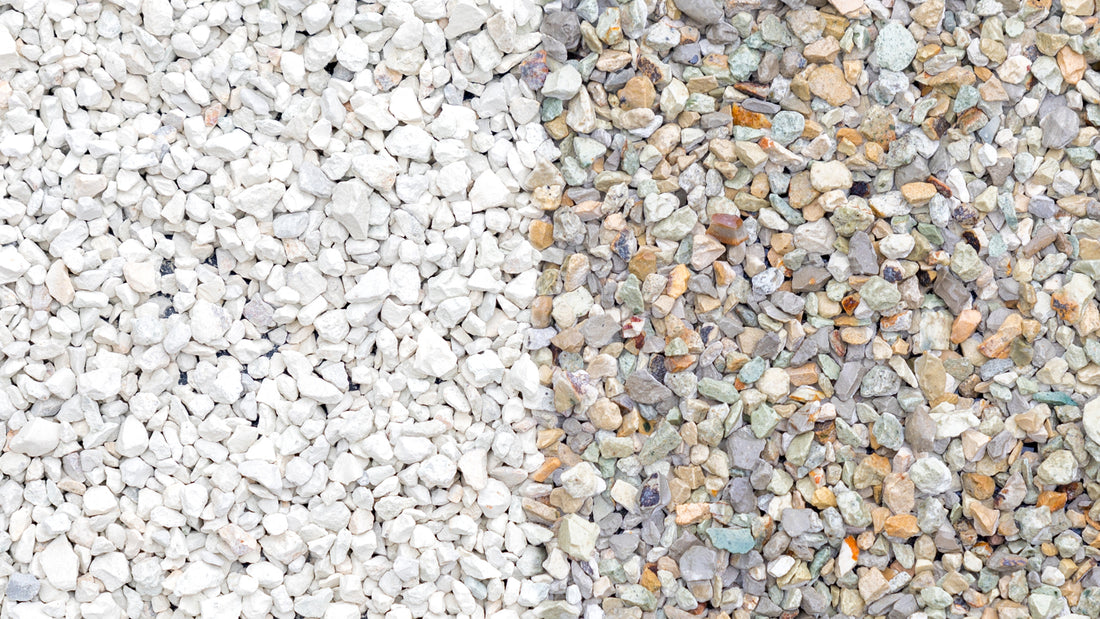
You may not have heard of such a unique component before, so hold onto your socks Zeolite is about to knock them off…
Zeolite is a mineral aggregate made from a combination of metallic elements and possesses an incredibly useful structure. Its structure can be described as microporous (like how pumice and Activated charcoal are also microporous), this means that each rock contains thousands of tiny pores (smaller than 2 nanometers!). This is zeolites secret power when it comes to how useful it is to plants. Zeolite can be natural or man made, but here at soil ninja we only get the natural stuff (also known as Clinoptilotie)
Zeolite has numerous purposes in horticulture. The most notable is its incredible ability to store nutrients that it comes into contact with. Zeolite is known for being an extremely effective colloid (a negatively charged particle in the soil), this is very useful for plants because a lot of the nutrients they require are positively charged ions (these are called cations). Colloids act as nutrient storage in the soil, attracting the oppositely charged nutrients during watering, storing them, and exchanging them for Hydrogen ions provided by the roots when contact is made. Zeolite even exchanges nutrients based on the concentration of them in the soil. For example, if a substrate had a load of Potassium in the soil, but barely any Iron, the stored Iron the zeolite held onto when first fertilised will be exchanged for some Potassium.
This nutrient swapping property is known as CEC (cation exchange capacity), you will likely have heard about that before if you've been looking into how soil works! Before Zeolite, Peat had some of the best CEC ratings for substrate, but research shows zeolite boasting a much higher CEC rating, even when not chemically activated. This is thanks to Zeolites naturally effective structure and its negative charge, creating a super-powered component that honestly can’t be matched!
Other than the previously mentioned crazy useful property - Zeolite also acts as an aerator in soil mixtures by physically breaking up the soil, creating air chambers for the roots to crawl through.
Zeolite retains moisture really nicely, meaning it can also act as a moisture control in mixes, making it useful for both dry and moisture loving plants! For thirsty plants, the zeolite will release water back into the mix meaning it will have a nice consistent saturation of water in the soil, but also absorbing any excess so over-watering is less likely. For desert plants like cacti, our sandy and gritty mix doesn't retain much water anyway, so the zeolite will act as a little oasis for roots to discover as they grow through the most bone-dry mix, while also helping the mix dry out faster after a rare drenching by absorbing some of the water into the rock for release later.
Zeolites moisture control and nutrient storage properties also make it a great component for DIY semi hydroponics!
We stock both Fine and Coarse grade of zeolite, which both do the exact same thing so don't fuss too much, it’s just better suited to certain root sizes! Chunky roots like in Monstera, Anthurium, ZZ plants etc would adore a coarser grade to match the airspaces they need to crawl through to grow! Conversely, finer rooted plants like Calathea, Alocasia or terrarium plants would prefer the finer grade to match their super thin roots!
So, now you’ve got the DL on Zeolite - will you be adding this to all your dirty blends?

